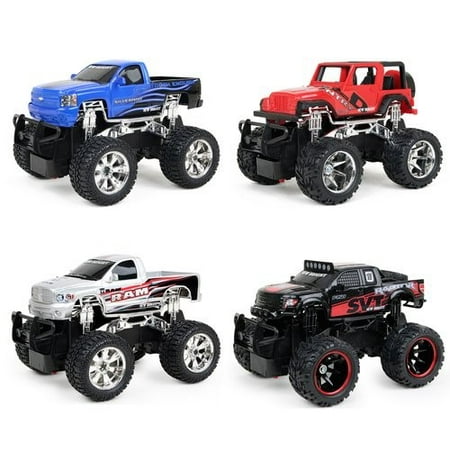Tonka – Metal Movers Combo Pack – Mighty Dump Truck 1 and Bull Dozer
Introducing the all-new Tonka Mini Movers! Built “Tonka Tough”, this set includes two diecast cars and Tonka Tough Dirt, a no-mess sand compound that mimics real production website online situations! It’s a whole new way to play with all of your favorite Tonka vehicles! Appropriate for a long time 3 and up!
SKU:
226590544
Categories: Cars, RC, Drones & Trains, Tonka Toys
Tag: Tonka - Metal Movers Combo Pack - Mighty Dump Truck 1 and Bull Dozer
-
$19.99
$26.99 -












Official TONKA spokesperson Shaquille O’Neal might be the voice and face of the logo, encouraging youngsters to get lively with a mantra of “Let’s Go Play!”
Submit your review Cancel reply





Reviews
There are no reviews yet.